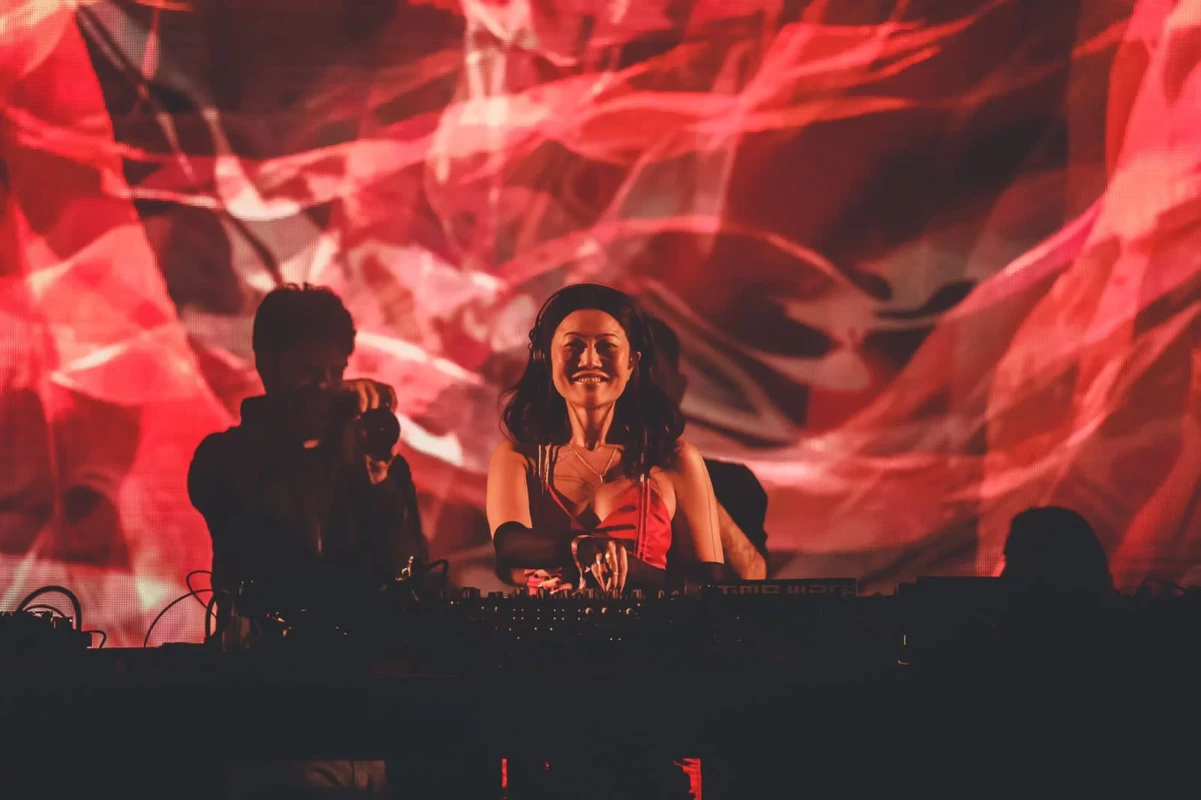The world of Japanese manga/anime is known for a vast array of tropes, conventions and other archetypes, and the "big sister" trope is among the most flexible of them all. The concept of an "onee-sama" appears in all genres, from shonen to shojo to yuri, and it can manifest in several different forms.
Onee-sama is a Japanese term for an elder sister. In works of fiction, characters can use it literally, but they can also use this term for any respected older girl or a mentor/role model. Some girls are a big sister in spirit, rather than by blood.
The Responsible Big Sister in Shonen
Onee-sama characters in shonen are often protective figures. These characters tend to have a strong sense of responsibility, such as serving as a high school council president, a class president, a sports coach or other such authority figures. When used this way, the "big sister" concept can be used rather loosely to describe any girl who is a reliable leader for the characters around her.
My Hero Academia has such a character: Itsuka Kendo, of class 1-B. She is class 1-B's rep and a "big sister" down to the bone. She is a good student and a responsible class rep, quick to support and defend her fellow students while also handling any troublemakers In fact, a few characters have mentally noted that Itsuka is the ideal big sister for class 1-B, similar to how Tenya Iida is a sort of big brother to class 1-A (even though he's actually a younger brother). In Maid-Sama!, Misaki Ayuzawa is an even sterner, more tsundere version of Itsuka, though she also means well.
Meanwhile, Mikasa Ackerman is a fine big sister figure in Attack on Titan, though she fills this role rather informally. She is Eren's childhood friend, a tough and no-nonsense girl who normally lets insults and harassment roll off her back... until Eren is the victim. Mikasa is quick to leap to Eren's defense, both in childhood and as a Scout, and she is more than willing to admonish Eren for his reckless mistakes and look after his emotional needs. Sasha Braus also looked up to Mikasa as a big sister figure, even though they were the same age.
A literal big sister in shonen anime is Mirajane Strauss from Fairy Tail, who ranks among the most powerful members of the Fairy Tail guild. She isn't quite the same as Itsuka Kendo, though; when Natsu, Gray and the others get into trouble and start fights in the guildhall, Mirajane will usually just watch in amusement. The exception is when Mirajane's younger siblings Lisanna and Elfman are threatened, or when an external enemy threatens the guild.
When this happens, Mirajane takes it upon herself to defeat the villains at any cost, and she'll gladly lay down her life for her brother and sister. Mirajane's "big sister" role is shared with Erza Scarlet, who acts like a stern eldest sibling when Natsu and Gray start yet another scuffle. Both boys have learned to respect Erza and not get on her bad side, and even Lucy Heartfilia, who's no troublemaker, is like Erza's little sister in spirit.
The Romantic Onee-Sama, in Yuri and Beyond
Another expression of the "big sister" archetype is when a female character is the object of intense admiration or even romantic interest, rather than being a firm disciplinarian such as Erza Scarlet and Itsuka Kendo. Instead, these onee-sama individuals win over their friends and associates with their sheer strength of character.
In the yuri romance genre, these big sisters are often the love interest of a younger female. In that case, the onee-sama will likely be the "seme" (dominant) partner of the relationship while the younger partner is the "uke" (submissive). An example of this is the yuri series Bloom into You, where the student council president Touko Nanami captures the heart and earns the admiration of first-year Yuu Koito. To Yuu, Touko is the perfect role model of what a young woman should be, and Yuu's intense admiration and curiosity soon lead to amorous feelings.
Another example of the gentler "big sister" is Tohru Honda of Fruits Basket fame. Unlike Touko and Yuu, Tohru does not get involved in a yuri relationship (she is paired with Kyo Sohma). Instead, Tohru is a highly reliable, kind, sensitive and responsible girl who quickly earns the trust and admiration of the younger Sohmas, especially Kisa Sohma. Kisa is a young girl who houses the tiger of the zodiac, but in contrast with her zodiac animal, Kisa is shy, unassertive and often mute, having an iffy relationship with Hiro. Tohru, through sheer strength of character, inspires Kisa to come out of her shell and become a more active member of the family and community at last. Momiji Sohma, a young boy, is more outgoing to begin with but has a similar relationship to Tohru.
About The Author

